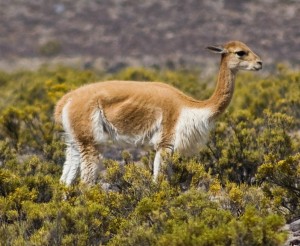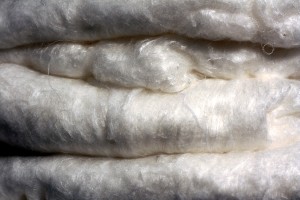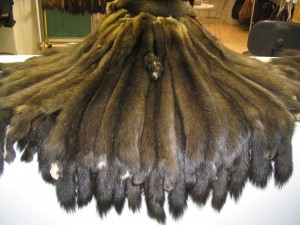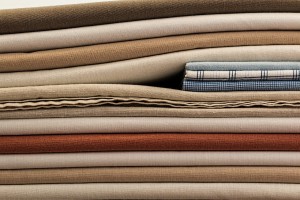This cost a ‘furtune!’
We at Vertical Blinds Direct may use the finest quality material to manufacture your vertical blinds, but the price of these fabrics are ridiculous, even by our high standards!
Here, we take a look at some of the rarest and most expensive materials in the world, today…
Vicuna Wool
Why does a Vicuna jacket cost over $20,000? Why does the cheapest suit made from vicuna cost $46,500 from Ermenegildo Zegna? Why are the world’s most expensive socks weaved from the hair of the Peruvian vicuna?
The answer? Simple: the vicuna’s wool is the finest of all animal fibres. Because of this, the 10 limited edition pairs of socks were all produced in their natural colour, brown; because the process of dying them would damage the wool beyond repair.
The Peruvian animals the fabric comes from are relatives of the llama and are protected by law. An endangered species, they can only be sheared once every two years, making the fabric incredibly hard to come by. Just to add that little extra element of exclusivity (as if the aforementioned facts weren’t enough), vicunas only produce around one pound of wool each year, meaning that when the shearers do manage to get their hands on one, they aren’t taking much home.
Mulberry silk
Made from captivity-raised silkworms, mulberry silk is the highest quality silk available on the market, today.
Now, why can it cost you in excess of £300 just for some mulberry silk bed sheets, we hear you say. Well, maybe if you understood the onerous process that was developed in China thousands of years ago, you might get an insight into why you could even attempt to justify the price.
Mulberry silk is made from the silkworms of the Bombyx mori moth. After the moth has laid around 500 eggs, it dies, and these tiny eggs are kept at an exact temperature of 65 degrees. The temperature is later, slowly, raised to 75 degrees to hatch the eggs.
For a month after the silkworms are born, they are fed mulberry leaves exclusively and endlessly. After this period, they have enough energy to start spinning their cocoon. The cocoons are then placed in water to soften them, making it easier to extract the silk; it is then unwound. Maybe this will give you an insight into the reason why it’s so pricey – it takes between four and eight of the silk filaments, which can be up to 1,600 yards long, woven together to create even one thread. Is it any wonder Chinese silk weavers are held in such high regard?
Aside from having to provide a constant, month-long supply of mulberry leaves, these silkworms are exposed to quite a great deal of luxury in their short lives; the keepers have to construct environments that ensure they aren’t exposed to loud noises or strong odours. All this just to ensure the strongest natural fiber in the world. Need we say more?
Sable fur
As the first fur animal that the Russians made into clothes, Sable remains the most valuable fur in the world. Described as ‘almost weightless’, ‘silky’, ‘lustrous’ and ‘incredibly beautiful’, it’s understandable that you might be paying a little more than mates rates for a sable fur coat or scarf.
But that’s not the half of it. Much of the reason behind the sable’s high price tag is the basic element of supply and demand – namely, the demand to supply the fur of a wild animal that is hard to breed out of its native area and has a much smaller number than many other species.
Siberian sable fur remains the most sought-after fur due to the thick and silky texture, not to mention the varying shades, which range from gold, to silver, to black; the darker the shade, the more valuable the fur.
Sufficed to say the Sable is a rare creature, and if you are seen wearing a genuine fur garment, you can be sure that you’ll appear affluent.
Linen
Although certainly the most everyday fabric we have listed, linen is by no means a cheap material. Linen is popular for both clothes and bedding, thanks to its crisp and comfortable texture. It is also a very strong and supple fabric: the more you use it, the softer and stronger it becomes.
The reason behind the cost of linen is the fact that it is weaved from the fibres of the Flax plant. This is one plant that needs a whole lot of nurturing to grow. Furthermore, the process of making the fibers from a Flax into a yarn and weaving them is much harder than it is with most other fabrics. Similarly, the price of production is a lot heftier than the majority of other materials.





Comments